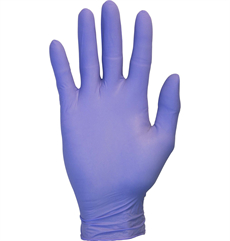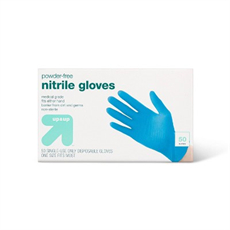Emergency preparedness planning is essential for healthcare facilities to ensure that they have an adequate supply of surgical gowns and other critical medical supplies during emergencies or disasters. Stocking surgical gowns as part of an emergency preparedness strategy involves several key considerations:
- Assessment of Needs:
- Conduct a thorough assessment of your facility’s potential needs for surgical gowns during different types of emergencies, such as natural disasters, disease outbreaks, or mass casualty incidents. Consider factors like patient volume, the duration of the emergency, and the types of procedures that may be performed.
- Establish Minimum Stock Levels:
- Determine the minimum stock levels of surgical gowns necessary to meet the anticipated demand during emergencies. This should be based on your assessment of needs and may vary depending on the size and type of healthcare facility.
- Supplier Agreements:
- Establish agreements with reliable suppliers for the provision of surgical gowns during emergencies. These agreements may include arrangements for expedited delivery and pricing contracts that remain stable during times of crisis.
- Storage Facilities:
- Ensure that you have appropriate storage facilities for surgical gowns that meet environmental and security requirements. Gowns should be stored in a clean, dry, and controlled environment to maintain their sterility.
- Regular Inventory Checks:
- Conduct regular inventory checks to monitor the stock levels of surgical gowns. Establish a system for tracking expiration dates to ensure that gowns are replaced before they expire.
- Rotation and Restocking:
- Implement a first-in, first-out (FIFO) inventory management system to ensure that the oldest gowns are used first. Regularly rotate and restock your emergency supplies to maintain freshness and usability.
- Quality Assurance:
- Ensure that the surgical gowns stored for emergency use meet quality and safety standards. Periodically inspect gowns for any signs of damage or degradation and replace them as needed.
- Distribution Protocols:
- Develop clear protocols for the distribution and allocation of surgical gowns during emergencies. Consider factors such as priority areas, healthcare worker safety, and patient needs.
- Training and Drills:
- Train healthcare personnel on the procedures for accessing and using emergency surgical gown supplies. Conduct regular drills and exercises to test the readiness of your emergency preparedness plan.
- Communication:
- Establish communication channels with local and regional emergency management agencies and other healthcare facilities to coordinate resource sharing during large-scale emergencies.
- Regular Plan Updates:
- Emergency preparedness plans should be regularly reviewed and updated to reflect changing circumstances, lessons learned from past emergencies, and improvements in supply chain management.
- Community Collaboration:
- Collaborate with other healthcare providers in your community to ensure a coordinated response to emergencies. Sharing resources and information can help mitigate shortages and improve overall preparedness.
By carefully planning, stocking, and managing surgical gown supplies as part of your emergency preparedness efforts, healthcare facilities can better respond to crises while maintaining patient safety and the ability to provide essential medical care.























